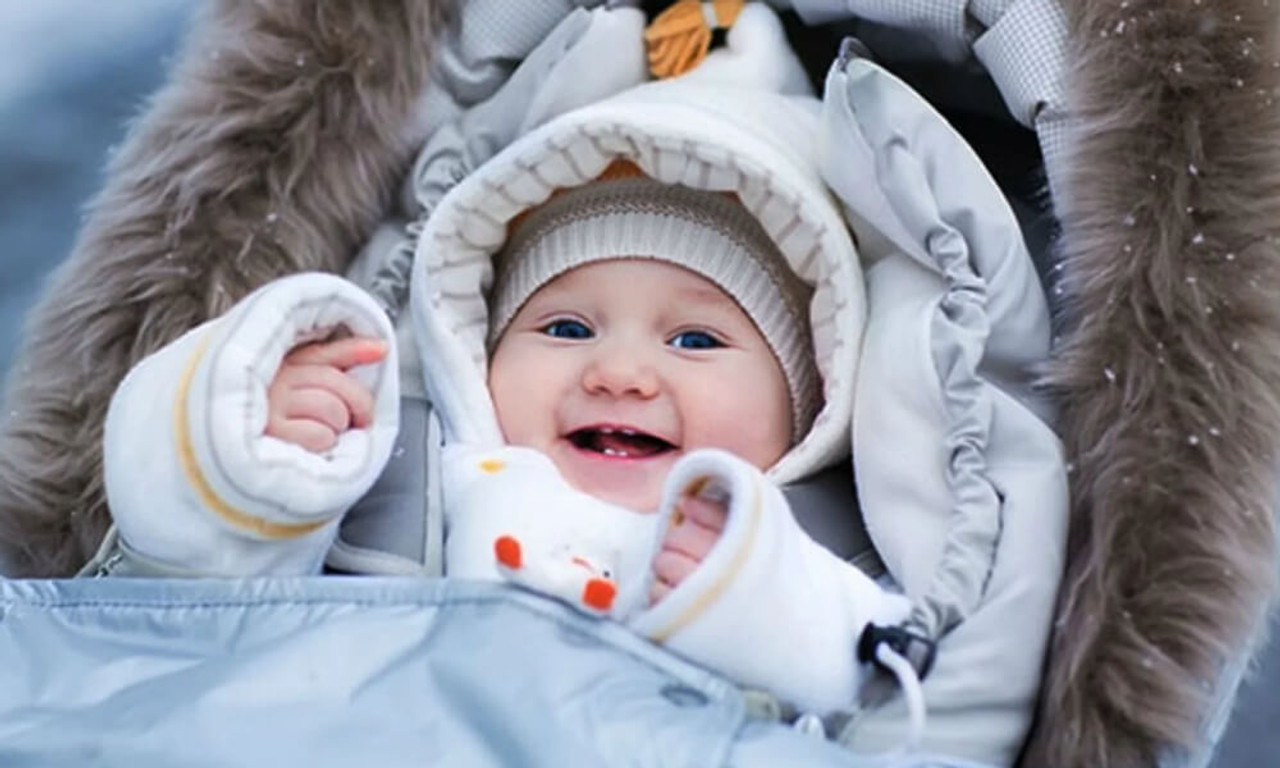The colder months often present significant challenges for families, exacerbating concerns related to rising living costs and the need to make tough financial decisions. Many parents find themselves anxious about managing heating bills, which can strain already tight budgets. Additionally, ensuring a warm and comfortable environment for their children becomes a top priority; safeguarding against draughts and maintaining a cozy home is essential for their well-being. This season creates a delicate balance for families as they strive to provide warmth and security while navigating the financial pressures that winter brings.
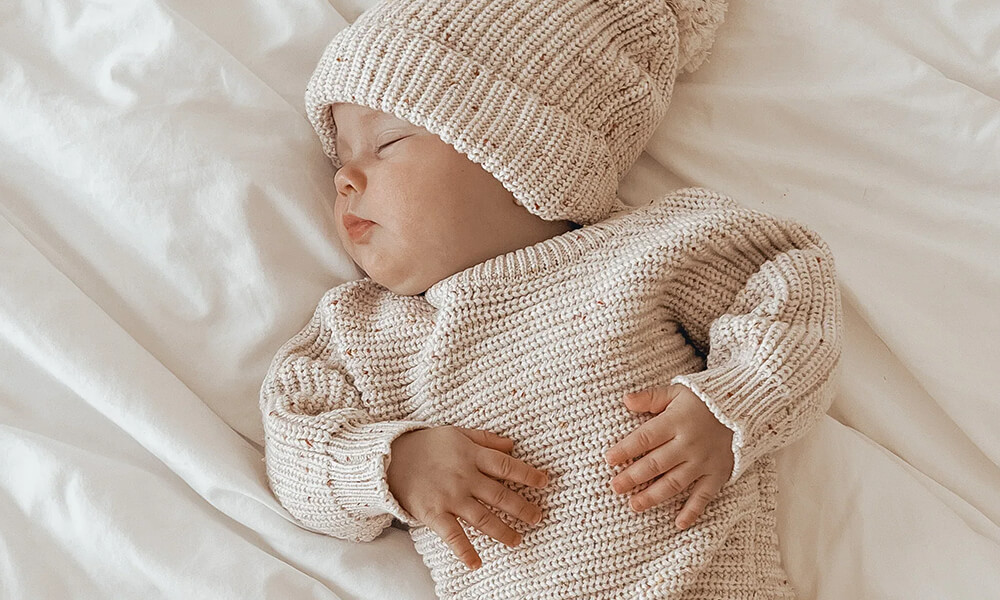
Maintaining the recommended room temperature of 16-20 degrees Celsius during the colder months can be a challenge for many families. While it may be instinctive to bundle your baby up to keep them warm, it's crucial to be aware that overheating significantly increases the risk of sudden infant death syndrome (SIDS), also known as cot death. Research indicates that babies are safer when they are cooler rather than too hot, emphasizing the importance of carefully balancing warmth and safety. By using appropriate bedding and clothing, parents can help ensure their babies remain comfortable without the risk of overheating, promoting a secure and restful sleep environment.
Things to consider for your baby and their sleep space during the colder months
Bedding for moses basket and cots:
To ensure a safe sleeping environment for your baby, it is important to place them in the feet-to-foot position, with their feet positioned at the bottom of the cot. This practice, along with securely tucking in sheets and blankets no higher than your baby’s shoulders, minimizes the risk of loose bedding covering their head, which can pose a suffocation hazard. Adopting these safety measures helps create a secure sleep space, allowing your baby to rest comfortably while reducing potential sleep-related risks.
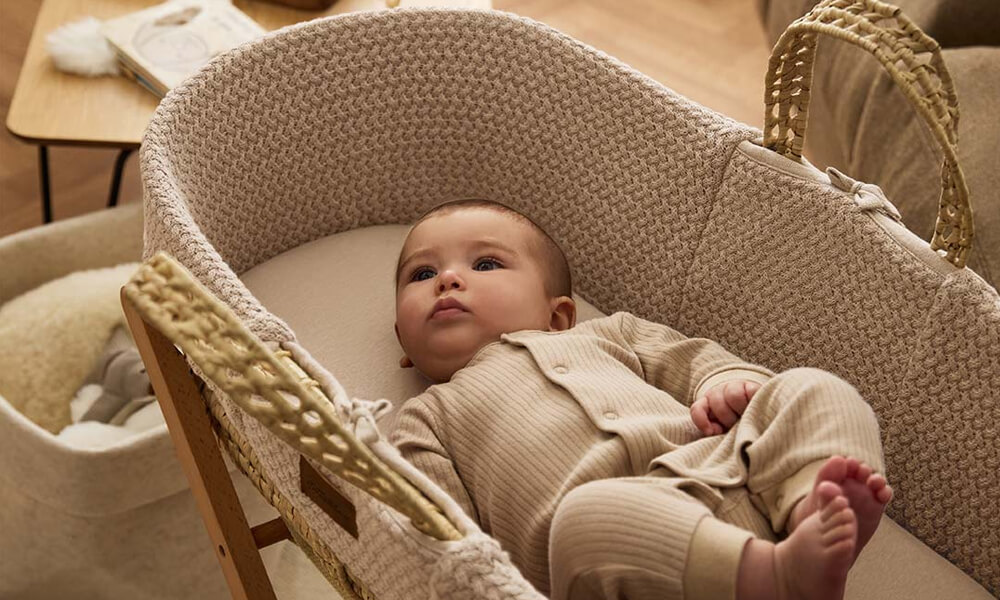
When using sheets and blankets for your baby, it's advisable to opt for lightweight options rather than thick, fleecy, or padded blankets and duvets. If you feel that your baby may be cold, it's better to add an extra lightweight blanket or layer of clothing instead of using heavier bedding, which can increase the risk of overheating. This approach helps maintain a comfortable temperature while ensuring your baby stays safe during sleep.
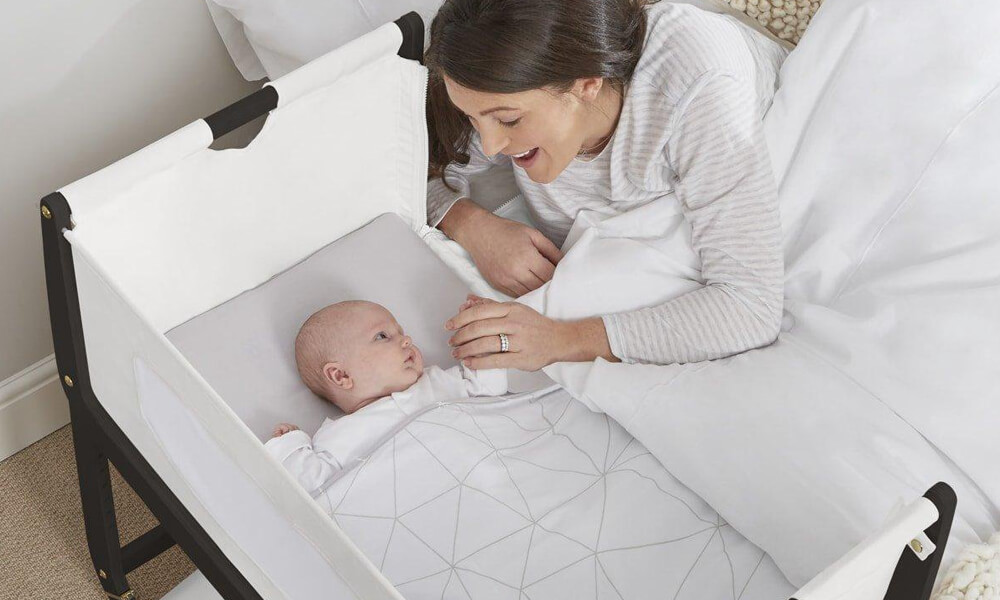
When using a baby sleeping bag, avoid adding extra blankets on top; instead, consider adding an additional layer of clothing or selecting a higher tog sleeping bag if needed. It's important to choose appropriate tog ratings for different seasons to help maintain your baby's comfort without overheating. Ensure that the sleeping bag fits well, preventing your baby from wriggling down inside, and remember that most sleeping bags are sized according to weight rather than age. Always refer to the manufacturer's guidelines for the specific sleeping bag you choose to ensure safety and proper fit.
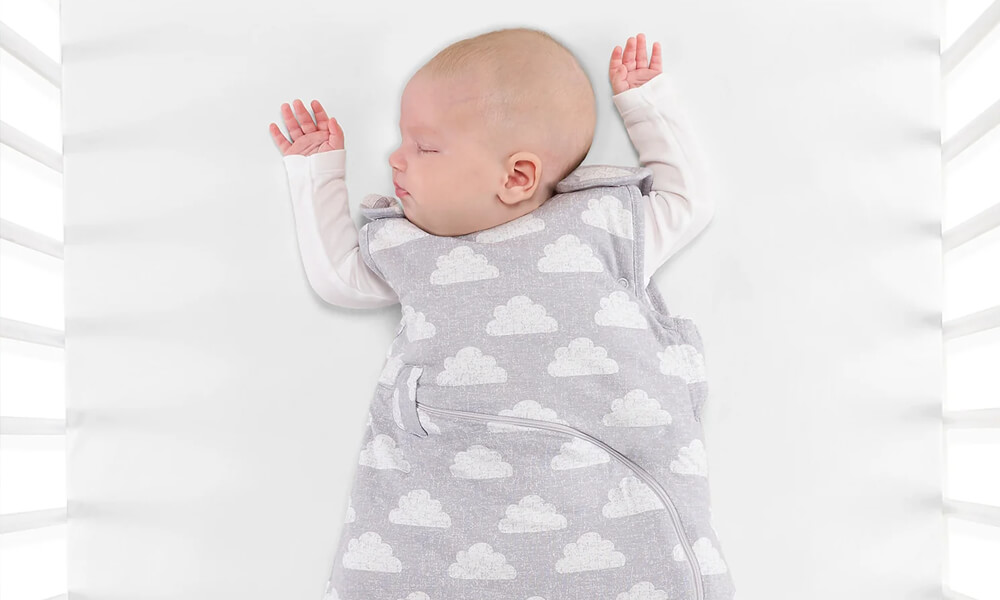
Dressing an infant for winter outings requires careful consideration to ensure they stay warm and safe. Opt for layers, starting with a moisture-wicking base layer to keep them dry, followed by an insulating mid-layer, such as a fleece or sweater, and a waterproof, windproof outer layer to protect them from the elements. Choose a snug hat that covers the ears, mittens or baby gloves, and warm booties or booties with non-slip soles. Avoid heavy blankets, instead opting for a warm baby sleeping bag or snowsuit if you'll be in a stroller, and make sure to regularly check your baby for signs of overheating.
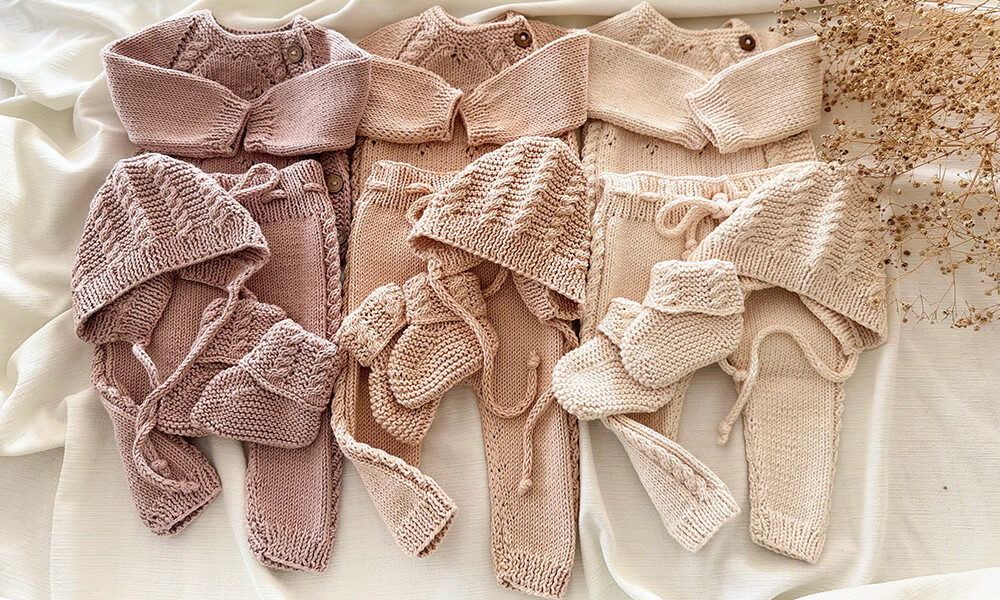
Layer up
Layering is essential for dressing babies and toddlers in winter, as it allows for both warmth and temperature regulation. Following the guideline of dressing your child in one more layer than yourself is a practical approach. Begin with a high-quality base layer to wick moisture away from their skin, then add insulating layers like fleece or sweaters, and finish with a weather-resistant outer layer. This method not only keeps your little one cozy but also provides the flexibility to easily adjust clothing if they become too warm.
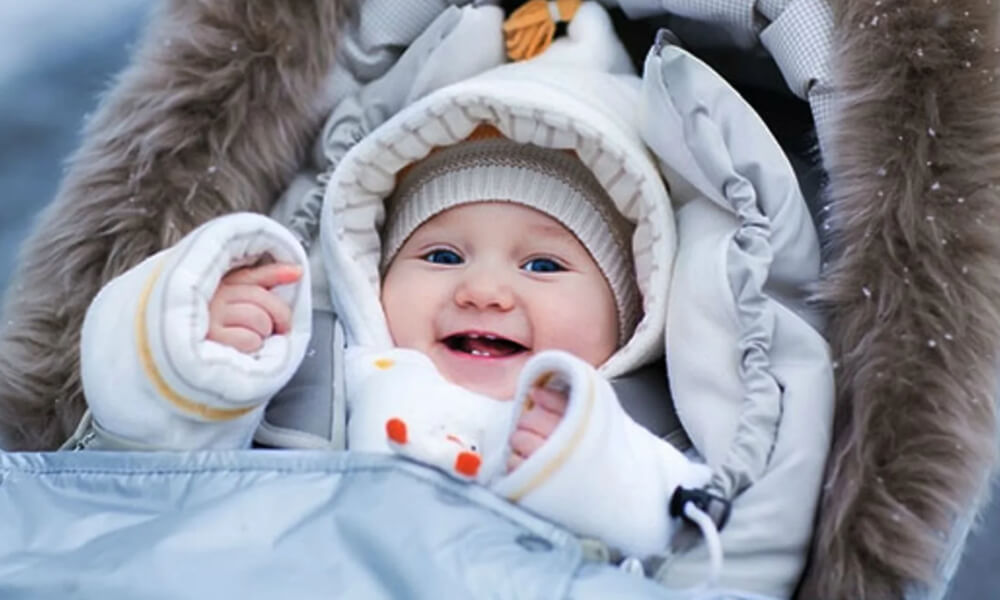
For babies and toddlers, choosing an effective thermal base layer is crucial for winter warmth and comfort. Materials like wool or polyester are ideal, as they effectively wick moisture away from the skin, while pure cotton should be avoided due to its porous nature. Merino wool stands out as an excellent choice; it can absorb up to 40% humidity without feeling wet and is adept at adapting to fluctuations in body temperature, making it a natural and efficient option to keep little one’s cozy during cold weather.
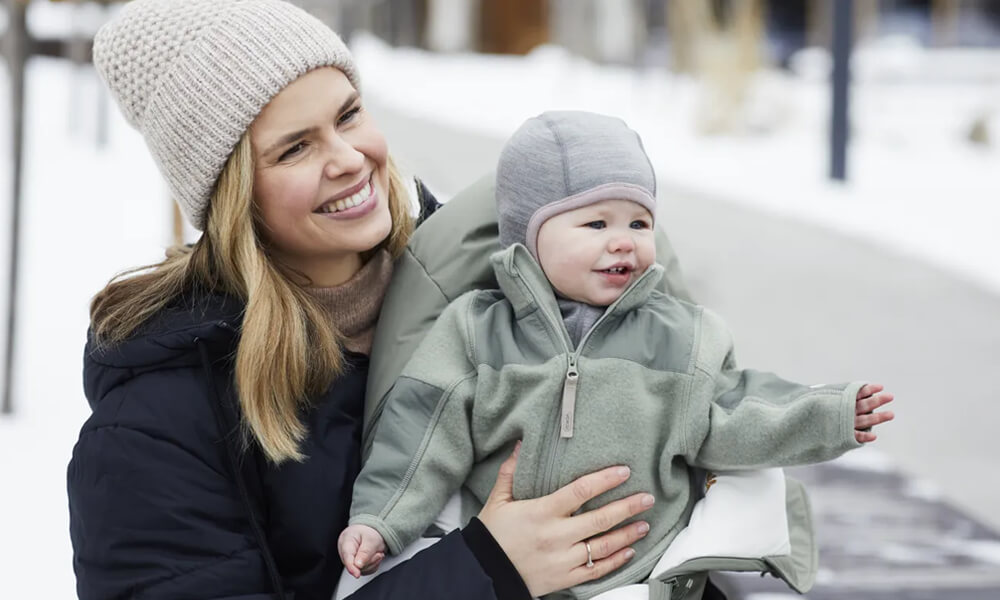
Staying warm and dry
When buying outerwear for your baby, such as puddle suits, look for technical features and fabrics. ‘To ensure full protection from wet weather, make sure the garment has a waterproof rating of at least 1500mm or more,’ says Linda. Don’t forget to look at the coat or all-in-one’s hood, it should fit snugly around her face for maximum protection.
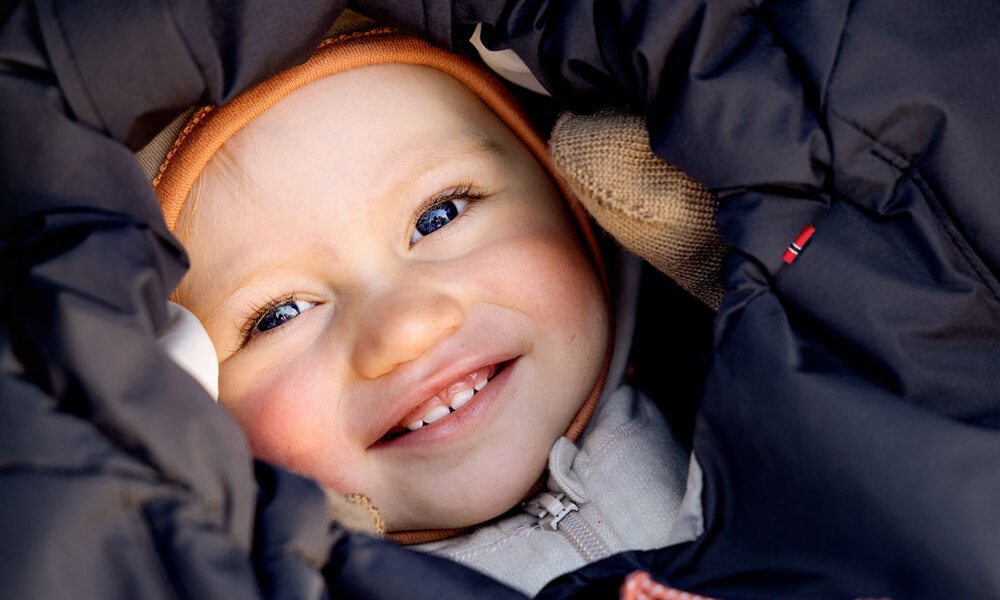
Ditch coats in the car
When planning to travel by car before heading outdoors with your baby, it's essential to pay close attention to their clothing to ensure both comfort and safety. Cars can heat up quickly, increasing the risk of overheating for your child. For this reason, it's advisable to remove any bulky outerwear such as hats, gloves, snowsuits, and coats while in the car. According to the NHS, keeping these items on can create a dangerous gap between your baby and the safety harness. In the event of a collision, this gap prevents the harness from securely holding your baby, compromising their safety. To ensure a proper fit, you should pull the harness tight enough so that no more than two fingers can fit between your baby and the straps, allowing for both safety and comfort during your journey.
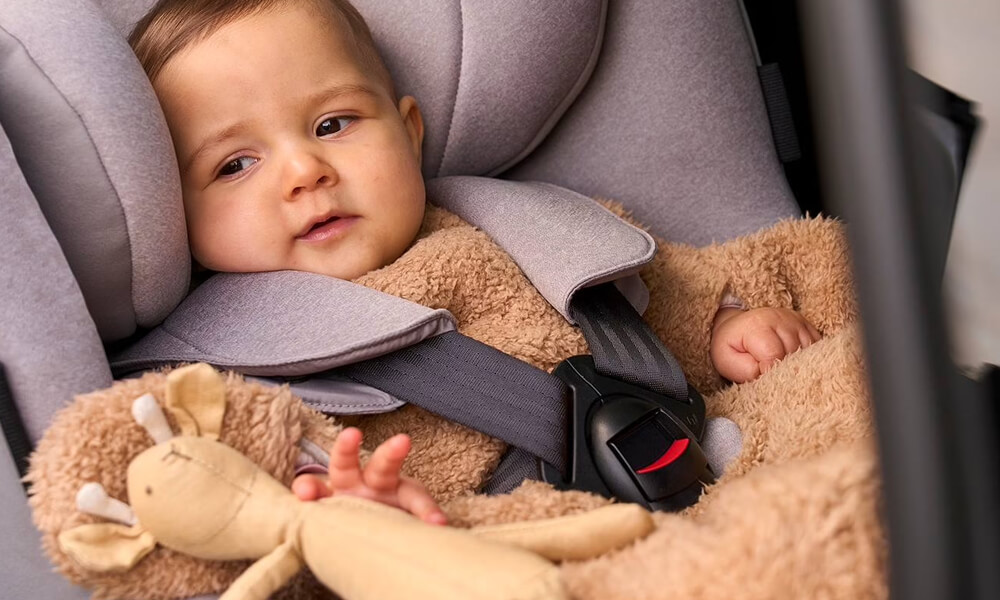
It's important to consider how clothing compresses in the event of a collision, as layers against the car seat straps can affect their snugness and effectiveness. The straps should fit securely against your baby to ensure their safety during travel. If you find that the car is cold, a breathable blanket can be draped over your baby for warmth without compromising the harness's tightness. This way, your child stays comfortable while still being properly secured for a safe ride.

